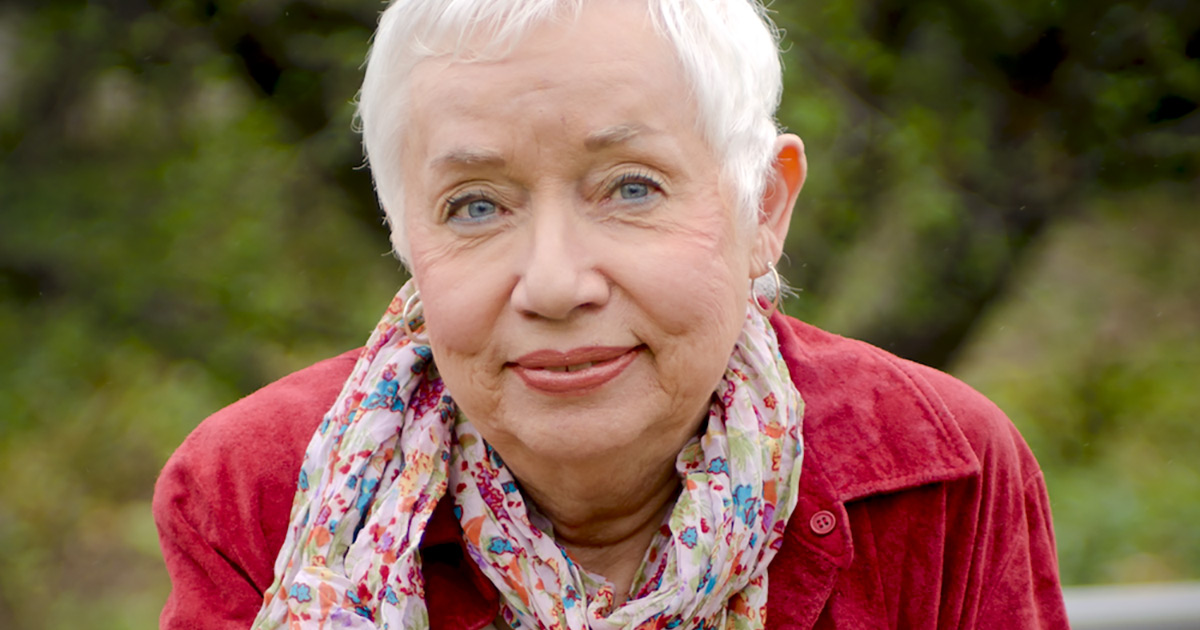We Can Change History for Gay Latter-day Saints


by Carol Lynn Pearson
August 2008
Carol Lynn Pearson is a native Utahn who lives and writes in California. She is the author of the stage play, Facing East, the story of an LDS couple dealing with the suicide of their gay son. Her most recent book is No More Goodbyes: Circling the Wagons around Our Gay Loved Ones. The following opinion editorial was published in the Salt Lake Tribune.
Reading the various reviews of the new LDS Church-authorized book, Massacre at Mountain Meadows, prompts me to stand as witness for another tragic killing of a group of people in our community for which — when we have the benefit of history — we will be deeply ashamed.
The insidious thing about this killing is that we manage — though it would break our hearts to know it — to get the unfortunate ones to pick up the gun and kill themselves. I speak of the suicides of our LDS gay brothers (occasionally sisters) in a number that far exceeds the 120 members of the Fancher party.
Each victim at Mountain Meadows had walking beside him a man poised to raise his gun and shoot. History will show that the gay men of whom I speak had walking beside them a dark shadow impersonating God, a shadow that gave them misinformation about who they were, misinformation that most of us now acknowledge was both dead wrong and deadly: “Homosexuality is often caused by masturbation . . . may lead to bestiality . . . caused by selfishness . . . electric shock will set you right . . . a good woman . . . reparative therapy . . . fasting and prayer . . . you would be better off at the bottom of the Great Salt Lake with a millstone around your neck . . .”
Our current discussion of this issue reflects better science and a more generous spirit, but too many deaths continue. Gay youth attempt suicide three times more often than their straight peers. According to an article in the Deseret Morning News of April 23, 2006, Utah leads the nation in suicides of men age 15-24.
I recently received an e-mail (quoted with permission) from a woman in Utah who said, “I’m in agony over the suicide death two months ago of my youngest son, Marshall, age 25, a gay student who was a senior in chemical engineering at the U. of U. He knew all about spreading love but didn’t feel enough in return to keep him going. On my refrigerator I have a package of flower seeds marked, in his writing, ‘5/1.’ That was the day he was going to plant them. He didn’t make it that long, so I’ll plant them for him – next spring.”
The stories keep coming: A woman in my ward just told me of two gay nephews who both took their lives; a woman in the airport recently told me of three LDS gay boys who killed themselves in her neighborhood in Bountiful.
The dozens of stories I personally know are the tip of the awful iceberg. I think of Stuart Matis, an LDS celibate gay man who shot himself on the steps of the stake center in Los Altos, Calif., as a direct result of the intense religious rhetoric around a “protection of marriage” initiative similar to the one proposed in California today.
One of the historians of Mountain Meadows, Ron Walker, says that he’s “come to see the massacre as a cautionary tale in making judgments about those who are different” and that the story “is a case study in how not to apply religion and how one should apply true religion in one’s own life.”
I believe, with these historians, that we LDS people are hungry for the truth and that we want to apply true religion in our lives. I believe with Anne Frank that people are really good at heart and I know that there is no better heart than the Mormon heart, leader and member alike.
I believe that if the rider had reached Salt Lake in time, Brigham Young would have done what he could to avert the massacre in southern Utah. Many messengers today, of which I am one, have ridden in with reports and pleas for help regarding the ongoing self-slaughter of so many of our best and beautiful young men.
For many it is too late. For others — if you and I care enough — we can change history.